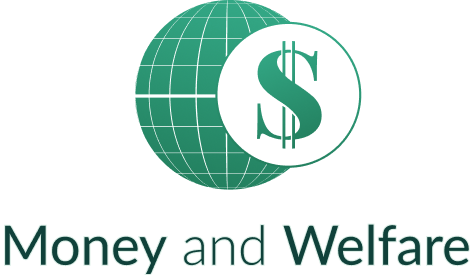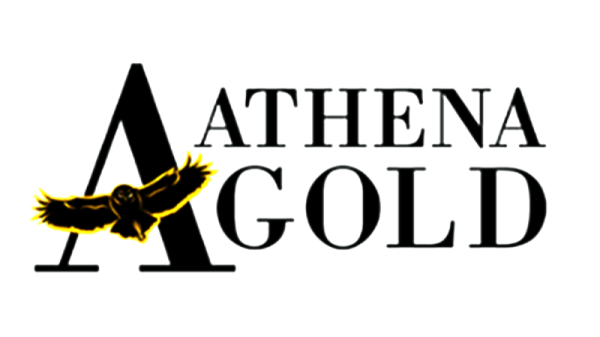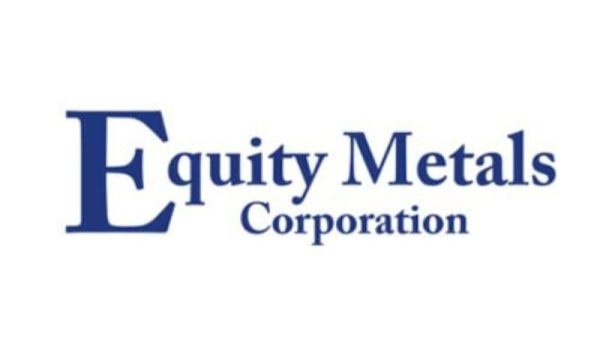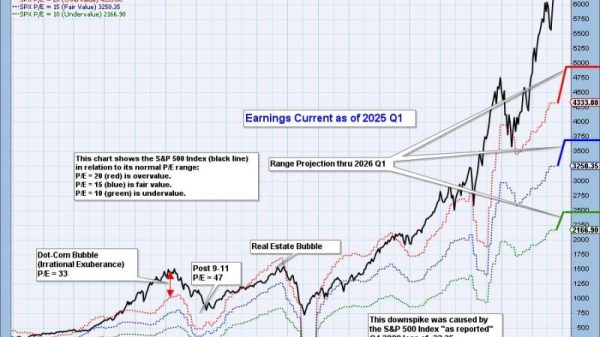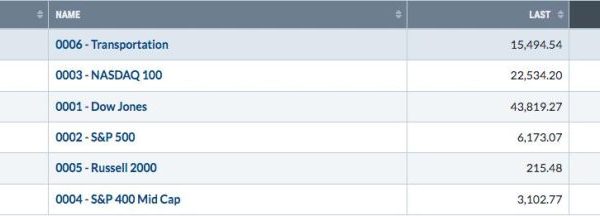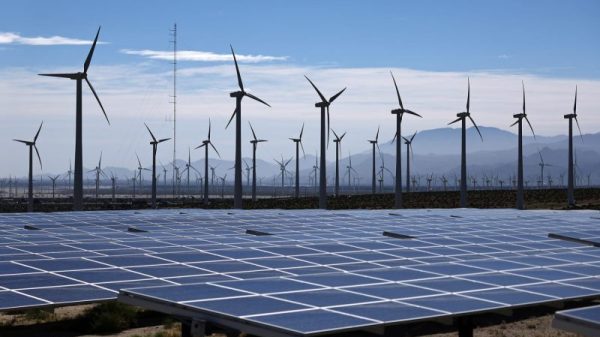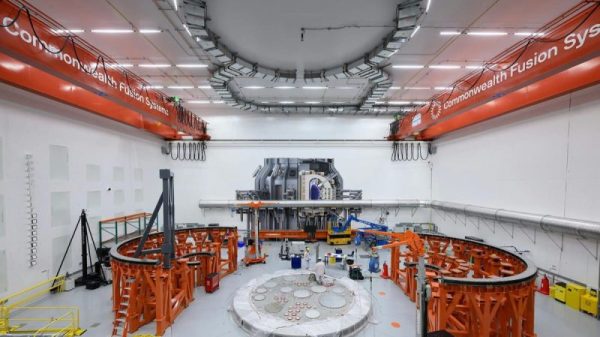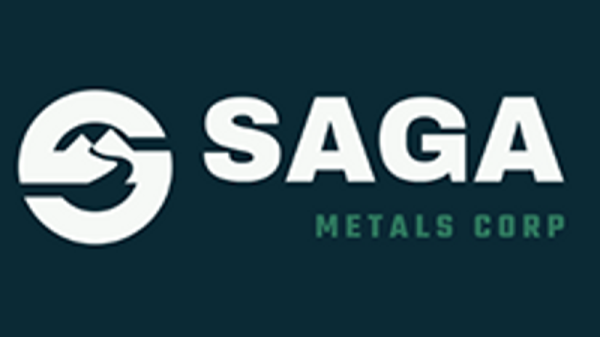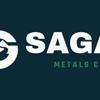The global potash market is dominated by Canada, the world’s leading potash producer, with Canadian potash companies producing an impressive 16 million metric tons (MT) of the material in 2022.
The potash industry has faced difficulties in the past few years, including challenges related to the COVID-19 pandemic and Russia’s invasion of Ukraine, but potash producers continue to push ahead despite headwinds. Meanwhile, potash exploration and development companies are working hard at projects that can take advantage of rising demand for agricultural products.
For those interested in the market, here’s a list of Canadian potash stocks listed on the TSX and TSXV; companies are listed from largest to smallest, and all had market caps of at least C$10 million as of September 25, 2023.
1. Nutrien (TSX:NTR,NYSE:NTR)
Market cap: C$41.33 billion
Formed on January 1, 2018, after Potash Corporation of Saskatchewan and Agrium completed a merger of equals, today Nutrien is Canada’s biggest potash company by far. Nutrien bills itself as the world’s largest provider of crop inputs and services, with an agricultural retail network that services more than 500,000 grower accounts. The firm states that it is ‘committed to providing products and services that help growers optimize crop yields and their returns.’
The potash-mining company produces a variety of different materials, but in terms of potash production it has over 27 million MT of capacity at its six potash mines in Saskatchewan.
2. Verde AgriTech (TSX:NPK)
Market cap: C$121.57 million
Verde AgriTech is an agri-tech company focused on making innovative products that promote sustainable agriculture. Its main asset is Cerrado Verde, which holds Brazil’s largest identified potash deposit, with an NI 43-101 resource of 3.32 billion MT.
Production began at Cerrado Verde in May 2017, and the company later exported its first shipment of Super Greensand, a fertilizer and soil conditioner, to US cannabis and organic markets. As a fertilizer it provides potassium, magnesium, silicon, iron and manganese, and as a soil conditioner it increases the capacity of soil to retain water and nutrients.
In September 2023, Verde AgriTech received authorization to build a railway branch line to connect its production facilities to Brazil’s main potash consumption hubs. This move will allow the company to transport up to 50 million MT per year of its multi-nutrient potassium products.
3. Western Resources (TSX:WRX)
Market cap: C$69.44 million
Western Resources and the company’s wholly owned subsidiary Western Potash are working to build an environmentally friendly and capital-efficient potash solution mine at the Milestone project in Saskatchewan.
Milestone is close to Mosaic’s (NYSE:MOS) Belle Plaine mine, which is one of the largest-producing potash solution mines in the world. In May 2023, Western Potash gained approval for a restart project to extend Milestone’s mine life from 12 years to 40 years. The project is in the commissioning phase and full ramp up of operations is expected to commence in Q4 2023.
4. Gensource Potash (TSXV:GSP)
Market cap: C$55.61 million
Gensource Potash’s Vanguard area and Lazlo area projects are located in Saskatchewan.
The company’s main asset, the Tugaske project in the Vanguard area, is its central focus. Once in operation, it will create no salt tailings and will require no brine ponds. According to the company, the environmentally friendly asset is expected to produce 500,000 MT per year of final product at very competitive capital and operating costs.
Gensource has an offtake agreement with agricultural chemical company HELM for Tugaske, and HELM has committed a strategic investment of C$50 million in project equity. The company is looking to start optimization work on underground cavern design and operation in the fall of this year, subject to financing.
5. Karnalyte Resources (TSX:KRN)
Market cap: C$15.9 million
Karnalyte Resources is an advanced development-stage company focused on its construction-ready Wynyard potash project in Central Saskatchewan. The project also hosts mineable magnesium resources.
The company has completed feasibility studies and the project is ready for construction, pending financing. Phase 1 production is targeted at 625,000 MT per year of high-grade granular potash, and two subsequent phases of 750,000 MT per year each will eventually culminate in production of up to 2.13 million MT annually.
This year, Karnalyte is working to update its NI 43-101 technical report with optimized construction costs and operation plans in an effort to attract investment and strategic partners that can help move the project forward to development.
Securities Disclosure: I, Melissa Pistilli, hold no direct investment interest in any company mentioned in this article.
